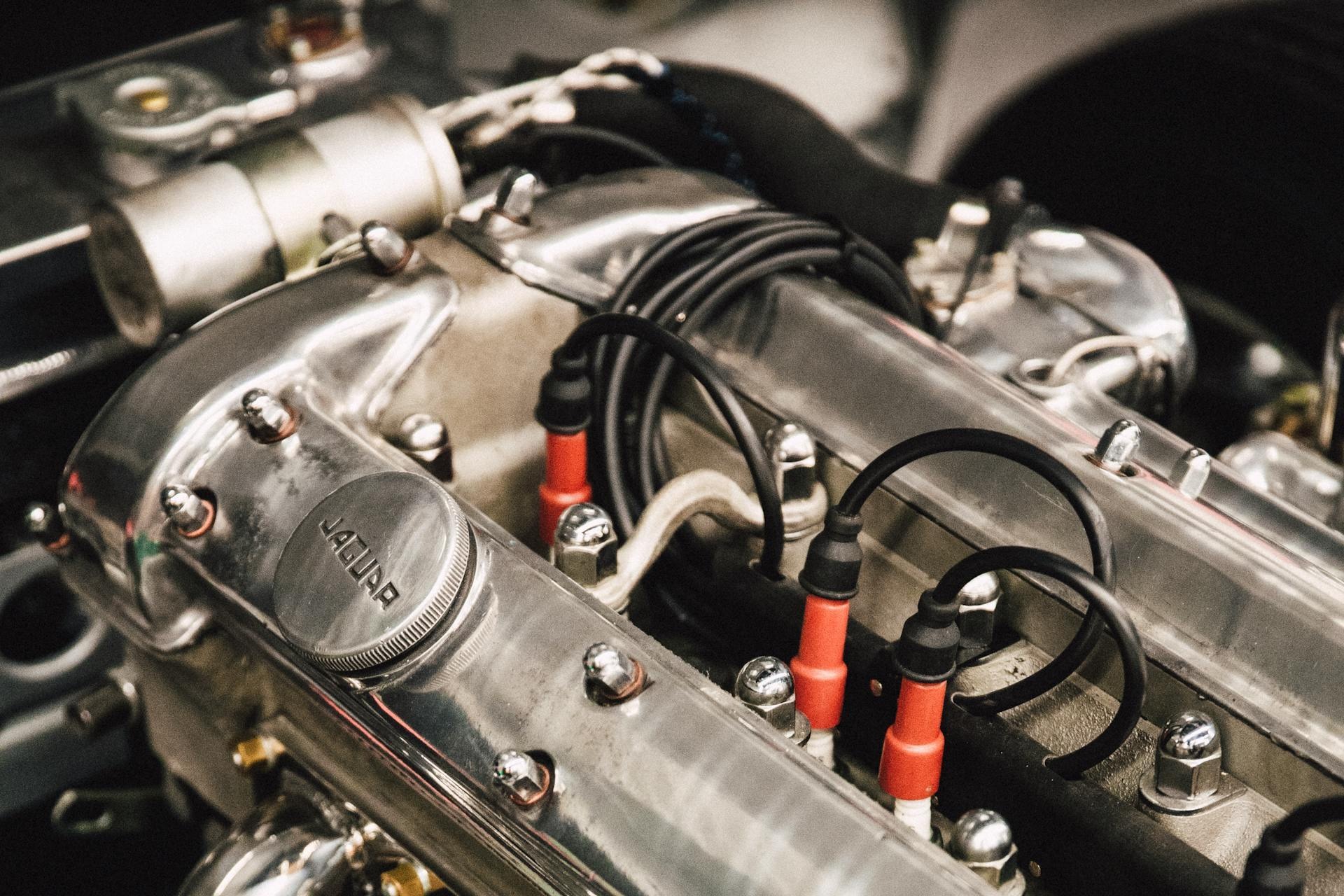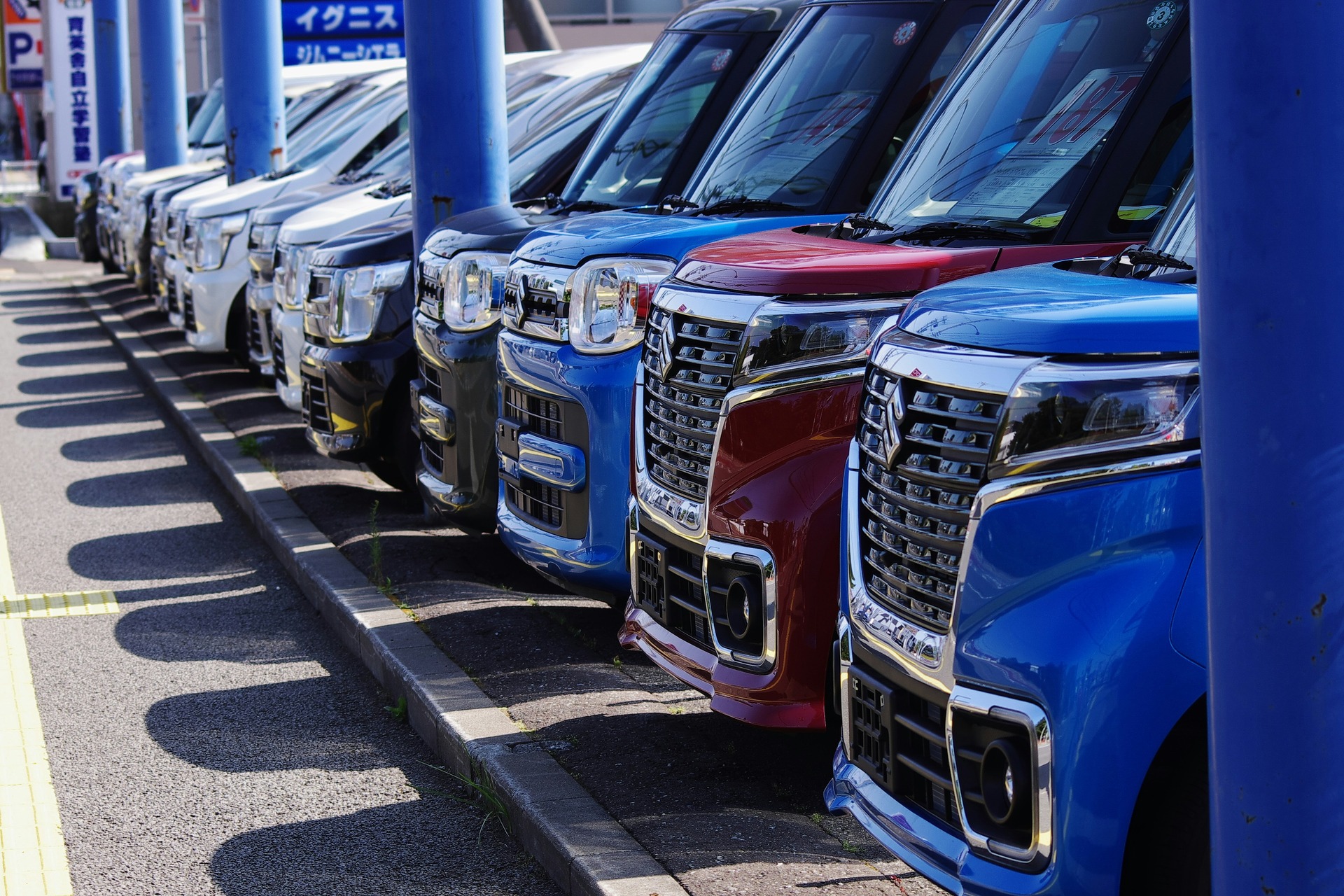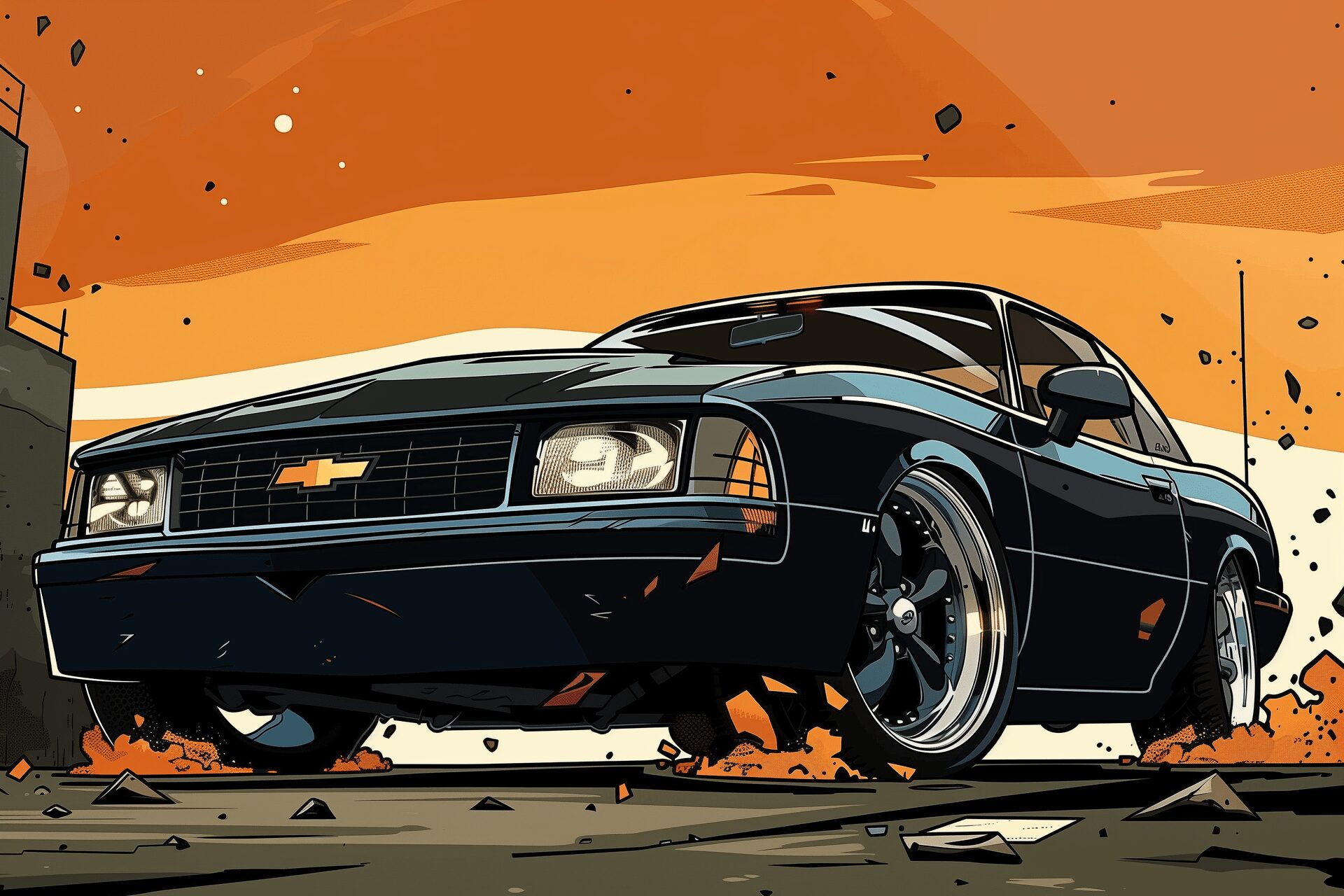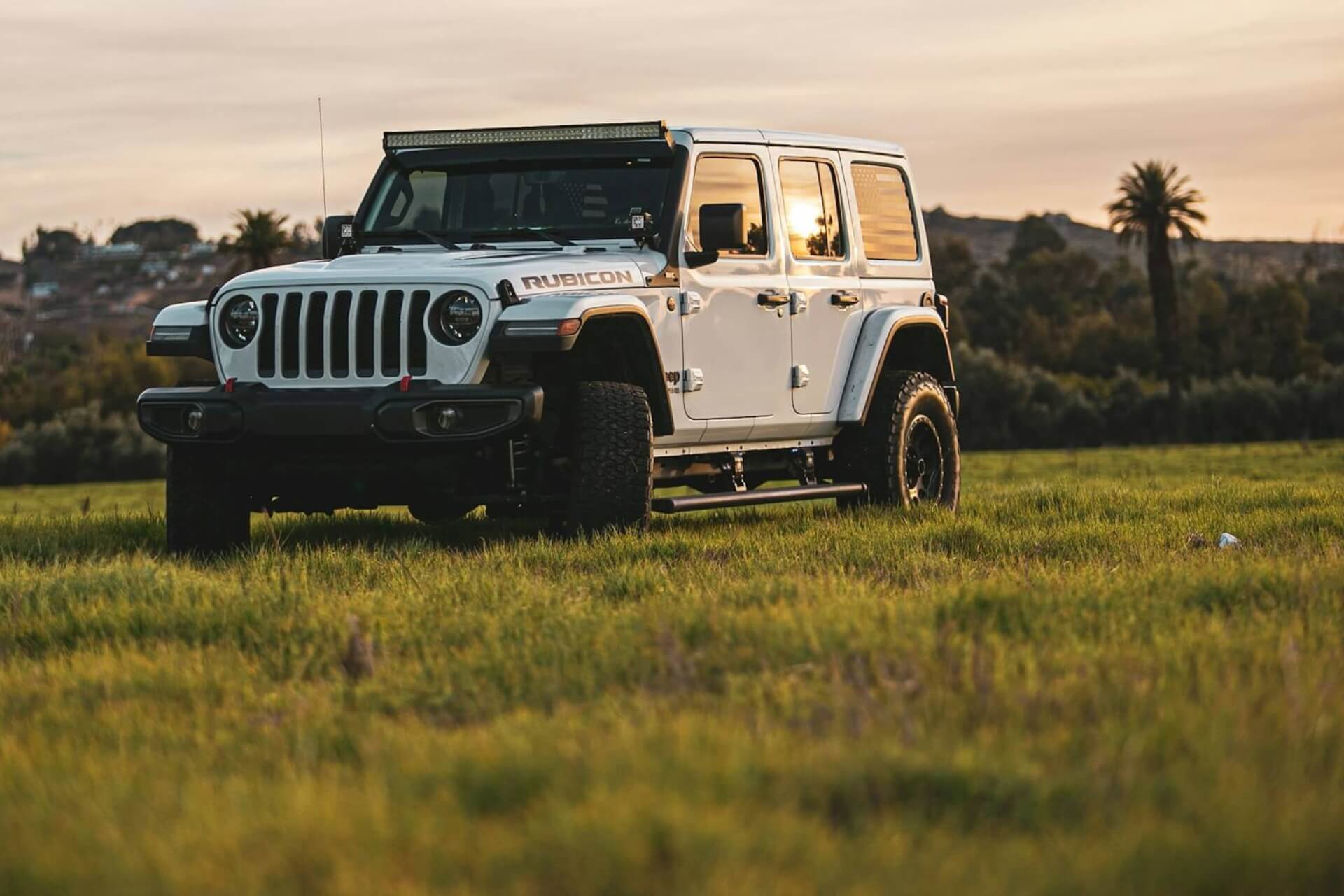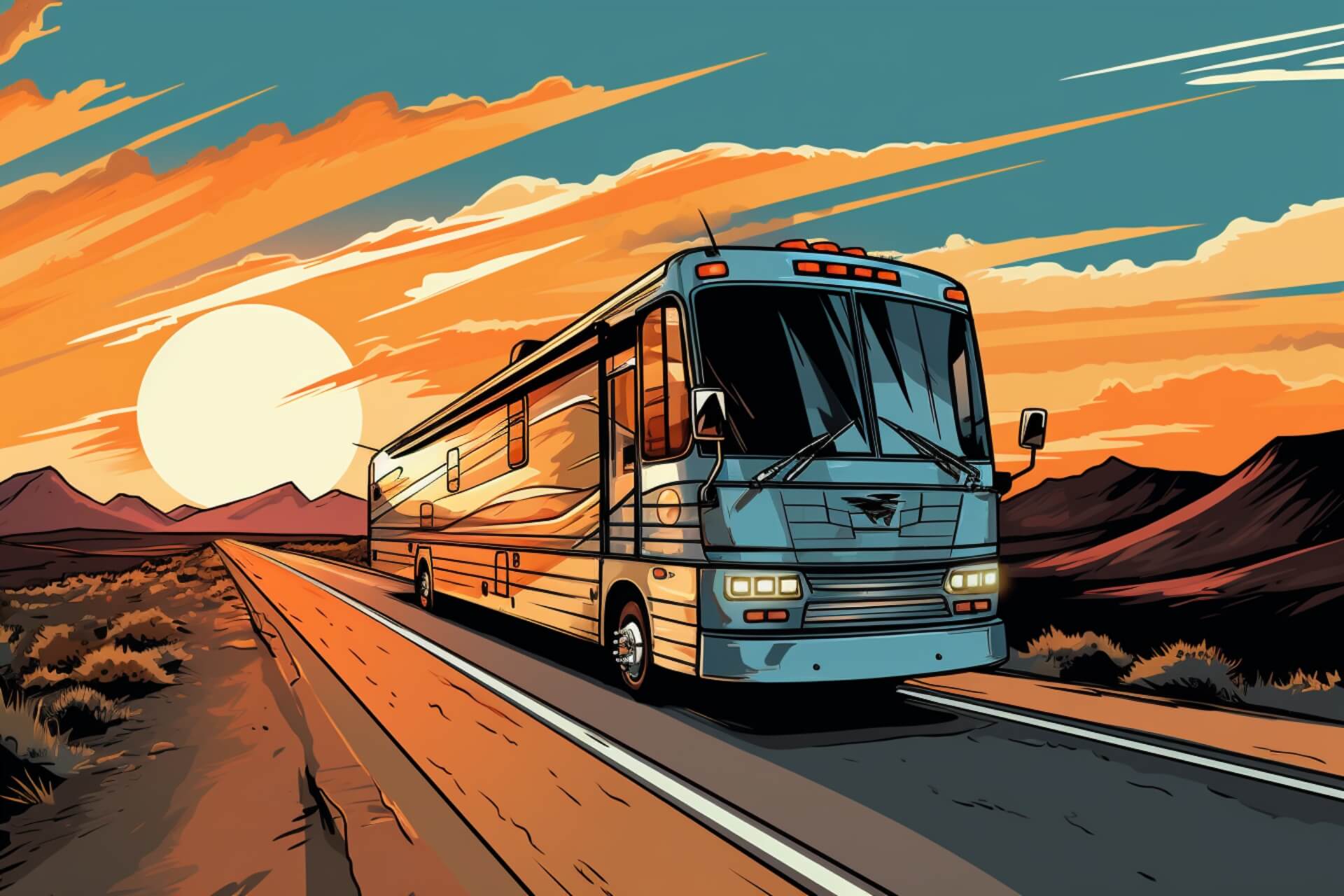What’s the Difference Between a Bootlegger Turn and a J-Turn?
Nov 12, 2023
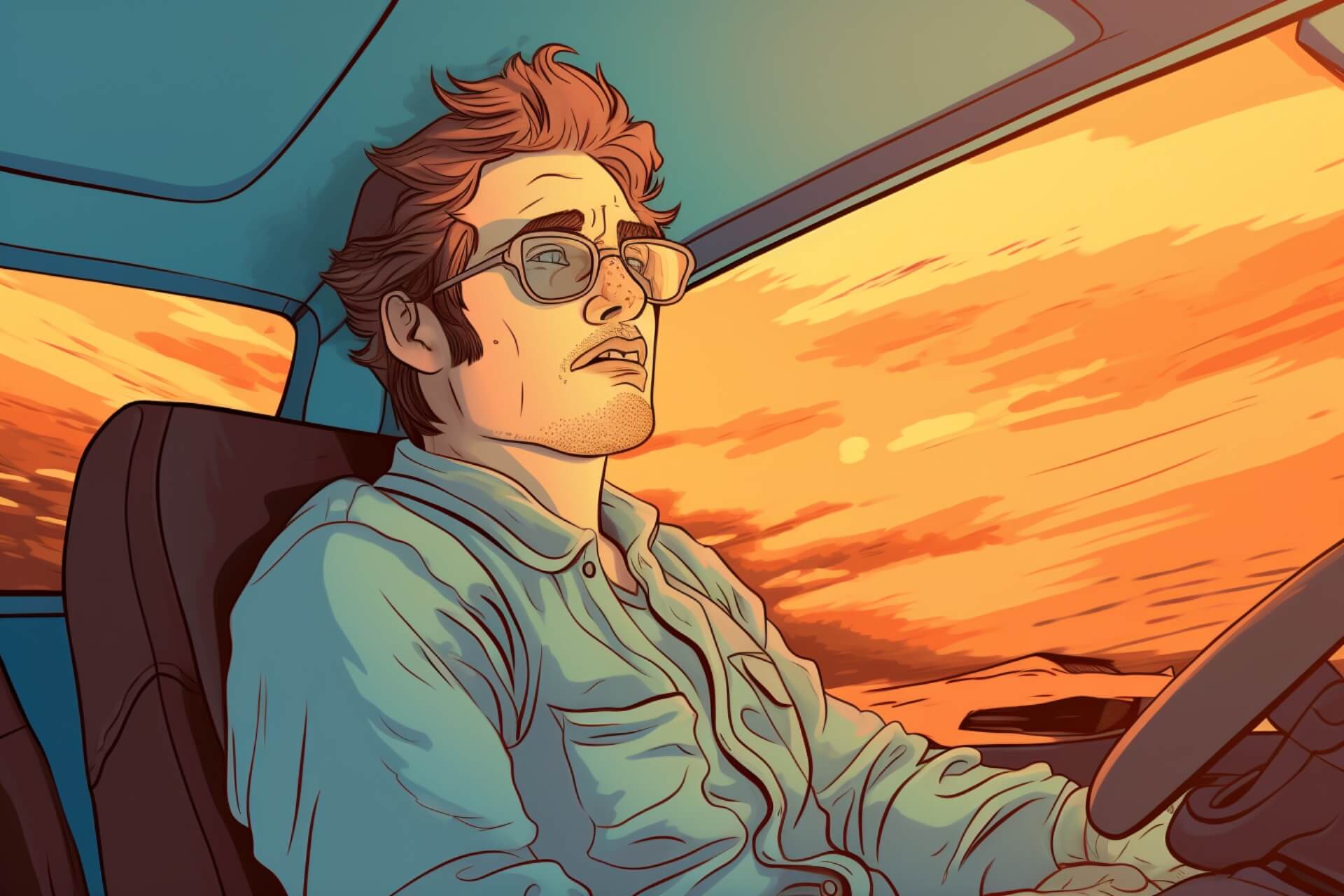
As an Amazon Associate, Modded gets commissions for purchases made through links in this post.
If you love old detective and action movies, you know the speedy U-turn to evade bad guys or cops. These turns have an interesting history. From moonshine transport to dapper detectives, here’s the history of the bootlegger turn and the J-turn and how you tell the difference.
The Bootlegger Turn
A bootlegger’s turn, also known as a “moonshiner’s turn” or “donut,” is an evasive maneuver involving making a sharp, counterclockwise turn while keeping the vehicle moving forward.
It was invented by the legendary Junior Johnson as a maneuver to evade police while transporting moonshine. Producers of homemade whiskey and other alcohol would employ drivers like Johnson to transport the illegal products to their customers. Since the alcohol was homemade and transported privately, moonshine makers would not pay tax.
The bootlegger’s turn allowed drivers to change their direction quickly and drive away from police and tax revenue agents if needed. Drivers had to modify their cars to haul extra weight but still look normal to those unaware. This could be anything from secret compartments, engine and transmission modifications to larger carburetors or an extra tank under the back seat.
From Bootlegging to NASCAR
Johnson was known for his fascination with cars and his ability to handle high speeds. Eventually, he started a career as a NASCAR driver. Although he won 5 races in his first full season, he continued transporting moonshine. He was arrested and spent 11 months in jail. After his release, he did some more races. Junior Johnson won 50 races in total then retired to become an owner. His team won over 132 races and he was named one of NASCAR’s greatest drivers in 1998.
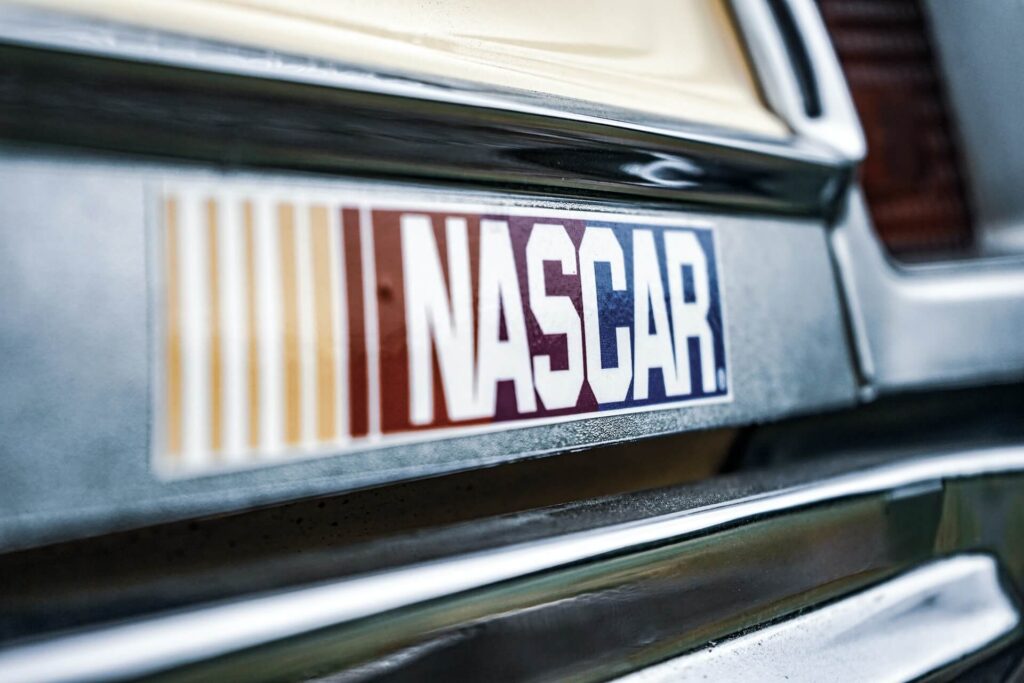
Along with the bootlegger turn, Junior Johnson also influenced the use of drafting, a racing technique used in most motor or racing sports today. Johnson figured out how to use another car’s speed for a Daytona 500 superspeedway during practice. His speed was 22mph slower than the top cars in the race, and he wanted to increase the speed.
A faster car passed him during a test run and he realized that his car had increased speed because of the faster car’s slipstream– the forward suction coming from the vehicle’s speed. He stayed close behind the car and on the final lap was able to overtake the car and speed right past it. Johnson used this technique to win the race, and his technique became a common practice in NASCAR races.
How To Do the Bootlegger Turn
Use a car with a foot emergency break and tape the brake release handle in the open position. You may have to turn off your stability control system to get the car to fully turn.
- Find an empty parking lot or race track to practice. You should have at least two cars wide space to perform the turn.
- Drive straight at 25 mph.
- One hand should be on the steering wheel and the other on the emergency brake or hand brake.
- Turn the steering wheel to the right.
- Push the foot brake and clutch while you turn the steering wheel sharply to the left until your hand is at the bottom of the steering wheel.
- When the car is now at 90 degrees, release the emergency brake. Straighten the steering wheel and shift into a lower gear.
- Accelerate and drive off.
The J-Turn
The J-Turn is similar to the bootleg turn, except you reverse and turn the car 180 degrees to go in the opposite direction.
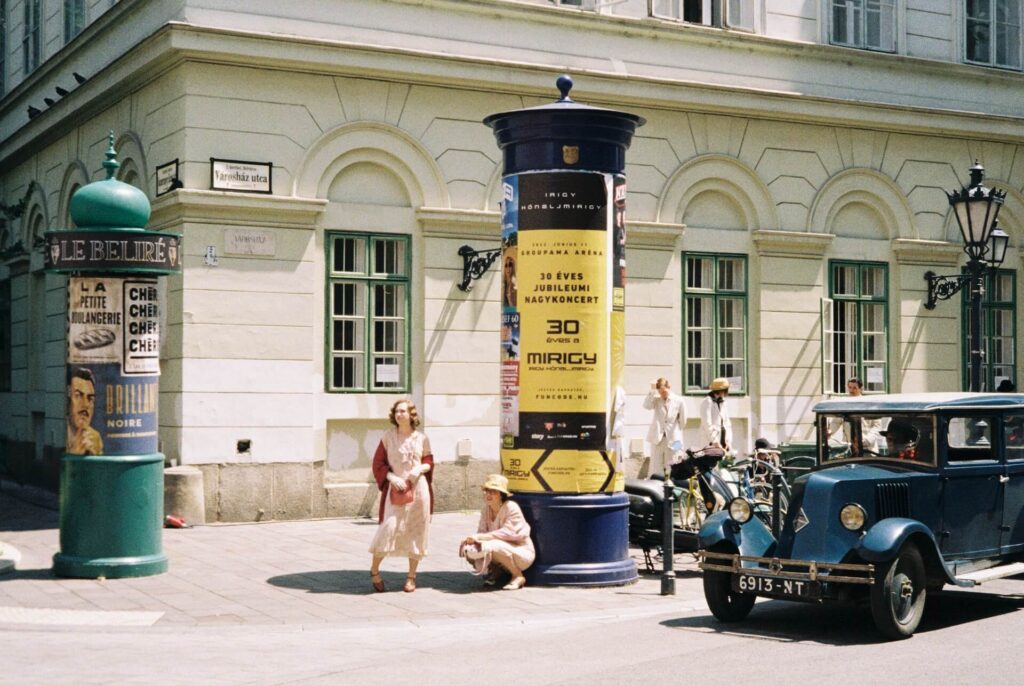
You have probably seen this maneuver in one of the best car movies, but it was made famous by Detective Jim Rockford in The Rockford Files series. The J-turn was his signature move. The actor who played the detective, James Garner was considered one of the best drivers in Hollywood at the time. He would do his own driving stunts and use the J-turn to run from bad guys in the show. Eventually, Garner started racing professionally and even owned a racing team.
How To Do a J-Turn
- If you are driving forward, stop the car and reverse at about 25 mph. Use your mirrors to see where you’re going. Your left hand should be at the top of the steering wheel.
- Reverse for about 3 seconds to build momentum.
- Press the clutch and take your foot off the gas.
- Turn the wheel 180 degrees (from 12 o clock to 6 o clock).
- The car will start to spin.
- When the car is at 90 degrees, shift into a low gear, straighten the steering wheel and accelerate to drive forward.
What’s the Difference Between a J-Turns and a Bootlegger Turn?
Both terms describe driving maneuvers that involve turning a vehicle around in a tight space. While both techniques can be useful for executing quick U-turns or navigating narrow roads, they differ in their execution and purpose.
Which Turn Is Better?
Unlike a bootlegger’s turn, which focuses on a quick reversal of direction, a J-turn is designed to allow the driver to execute a full 180-degree turn without leaving the road or going into opposing traffic.
Although both turns are equally epic, the main advantage of a J-turn over a bootlegger’s turn is that it allows you to maintain control and avoid skidding or sliding, which can be particularly important when driving on slippery or uneven surfaces.
J-turns are also generally safer than bootlegger’s turns since they do not require you to reverse direction at high speeds. However, the trade-off is that J-turns typically take longer to execute than bootlegger’s turns, which can be a challenge in emergency situations where time is of the essence.
Ultimately, the choice between a bootlegger’s turn and a J-turn depends on the specific situation and the driver’s skill level and experience.
